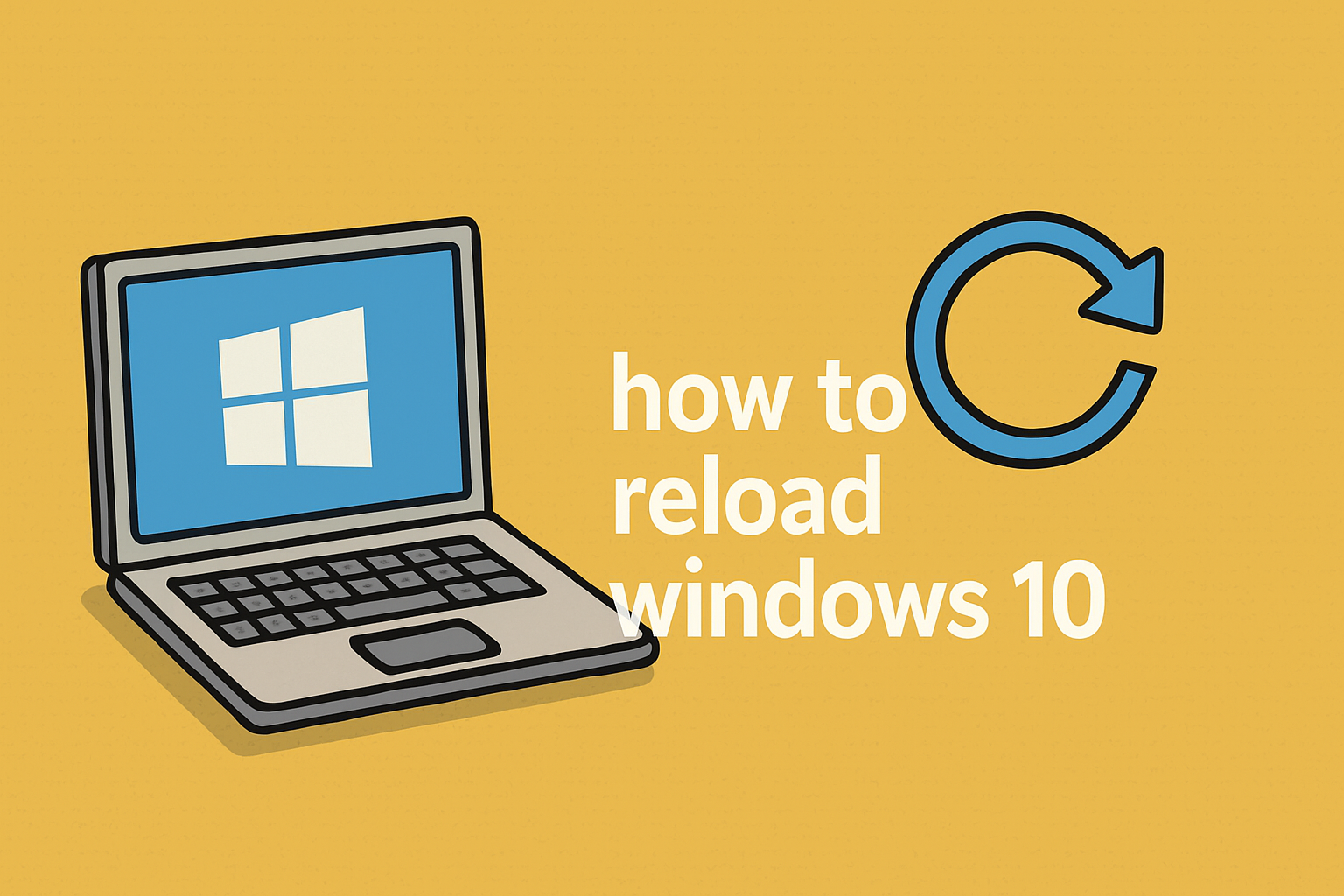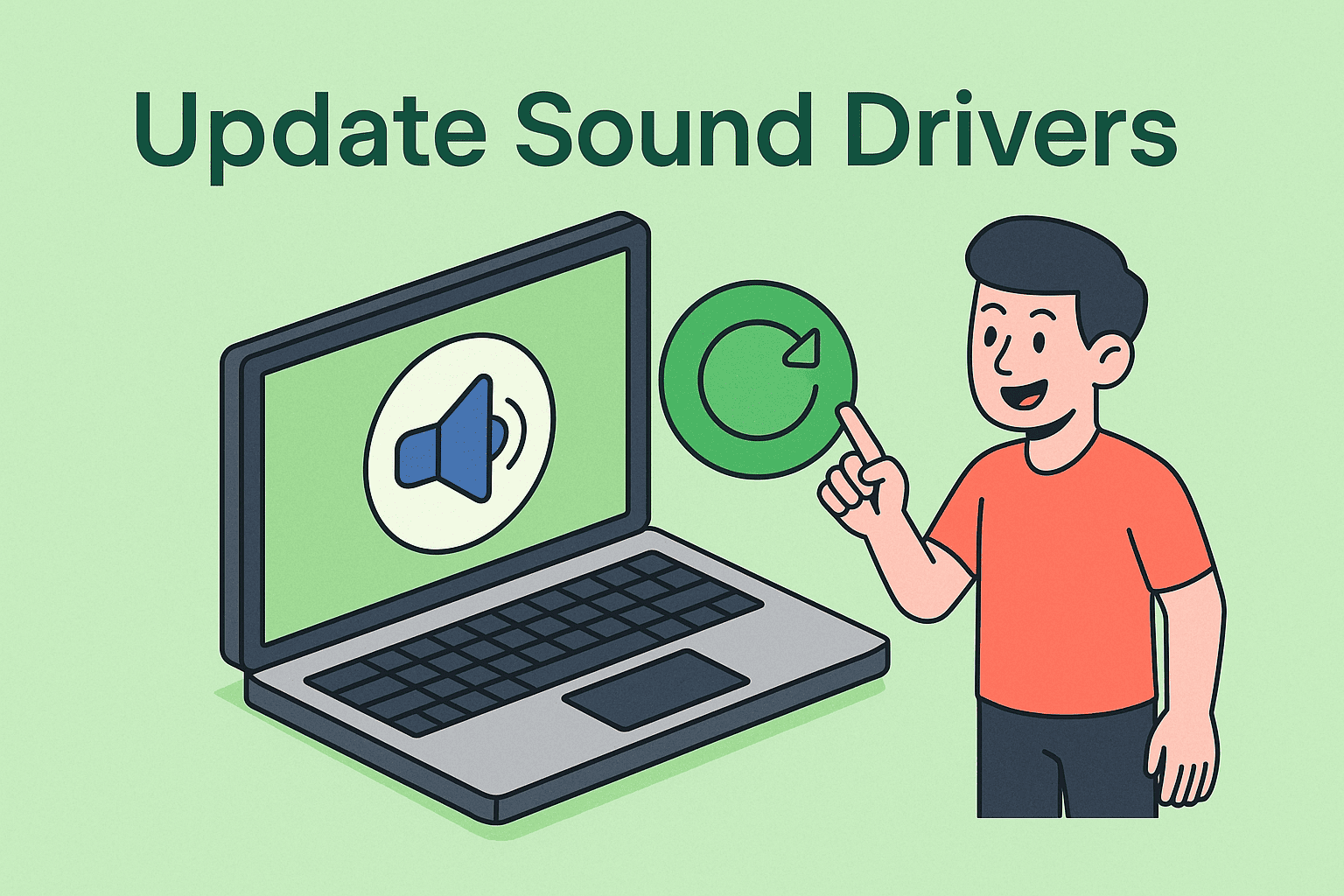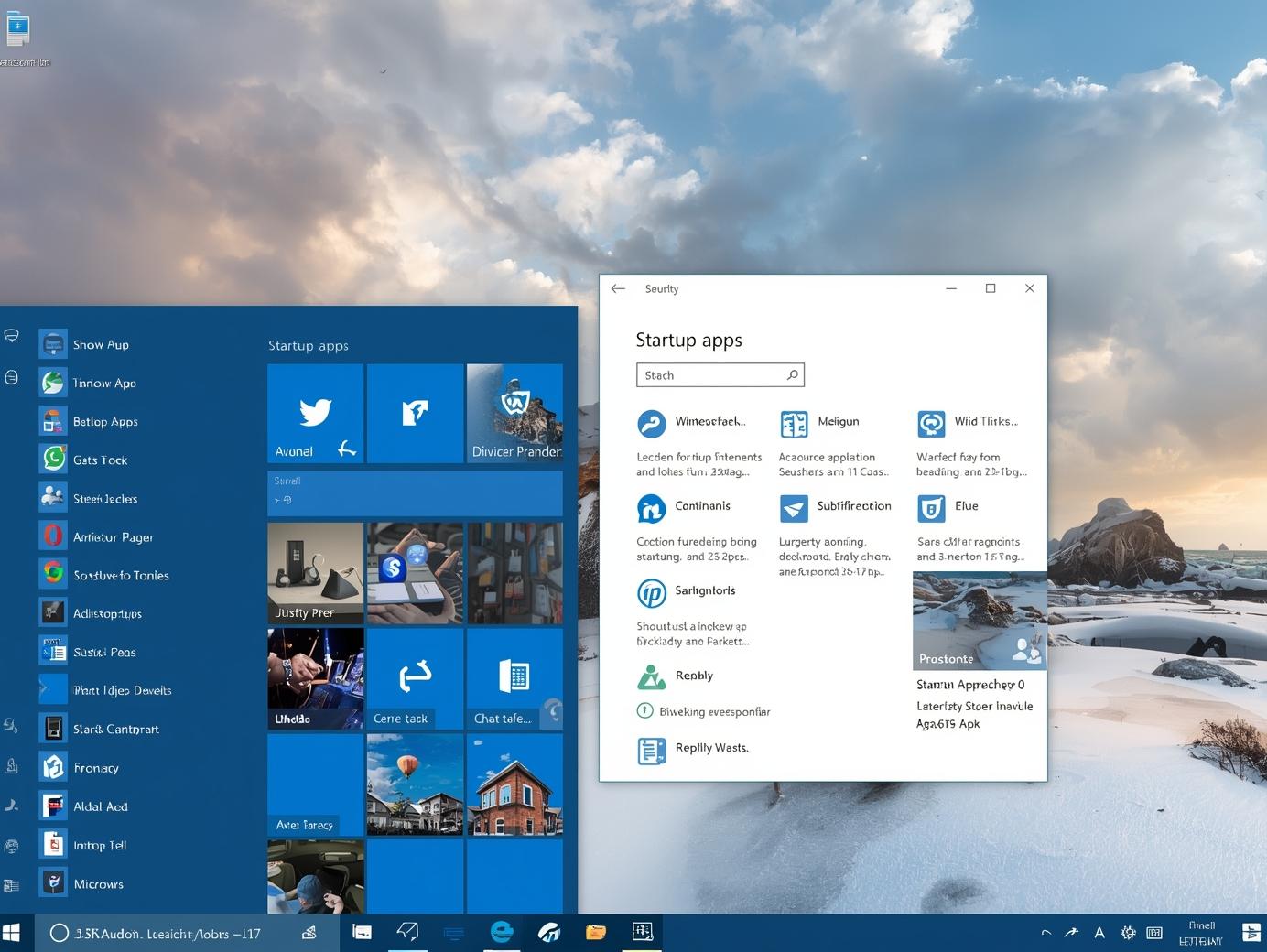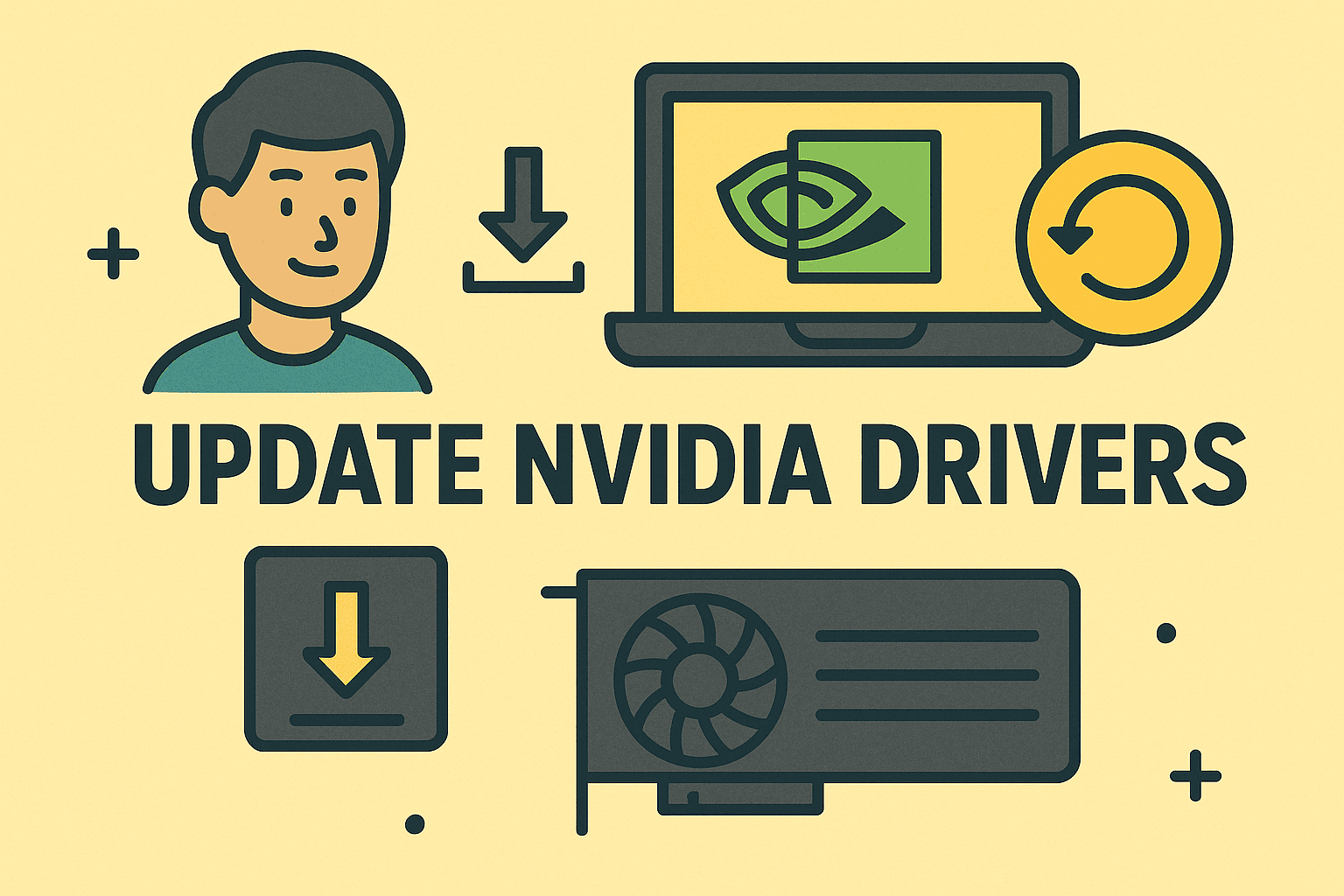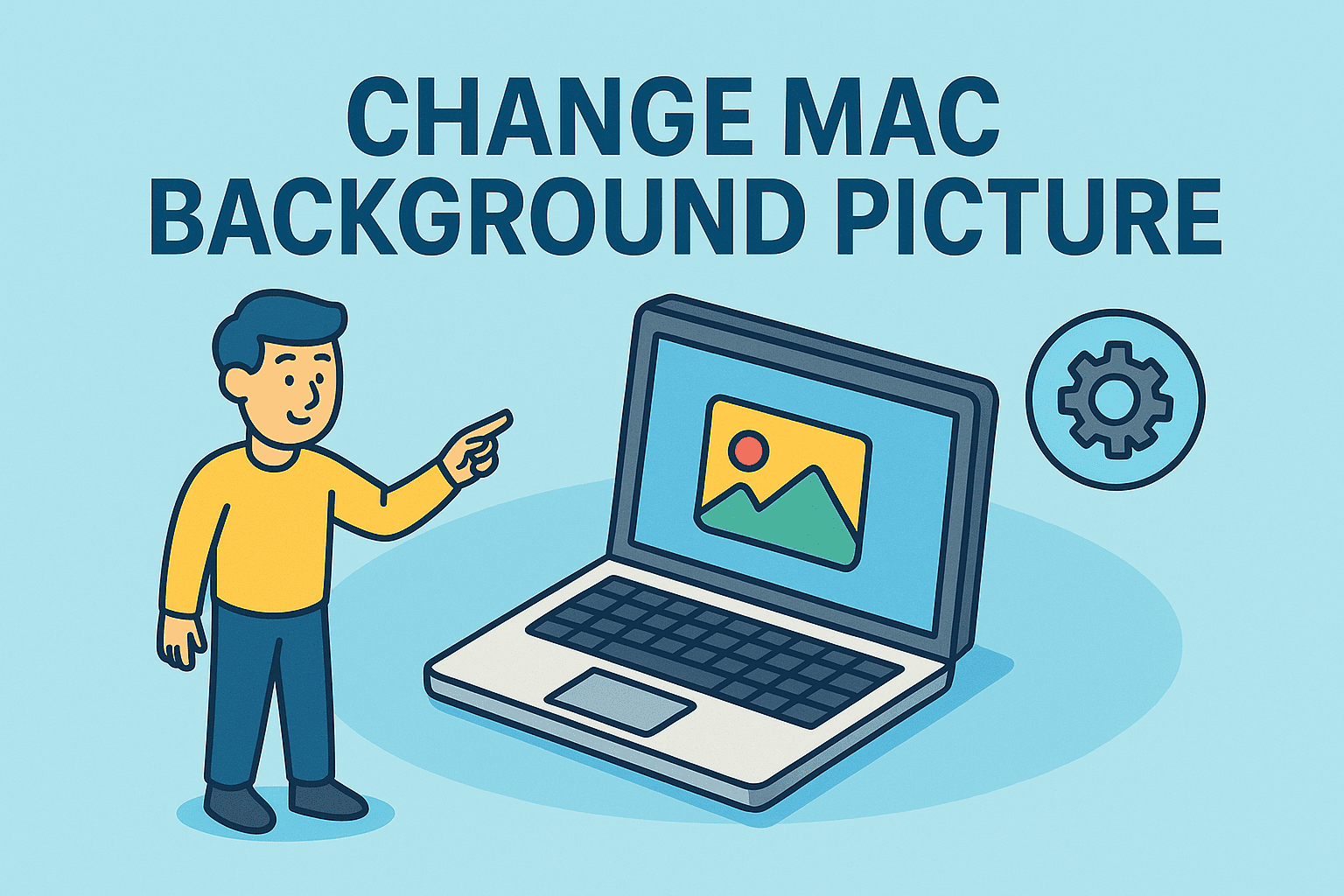Why Knowing Your PowerShell Version Matters
Updated on July 3, 2025, by ITarian
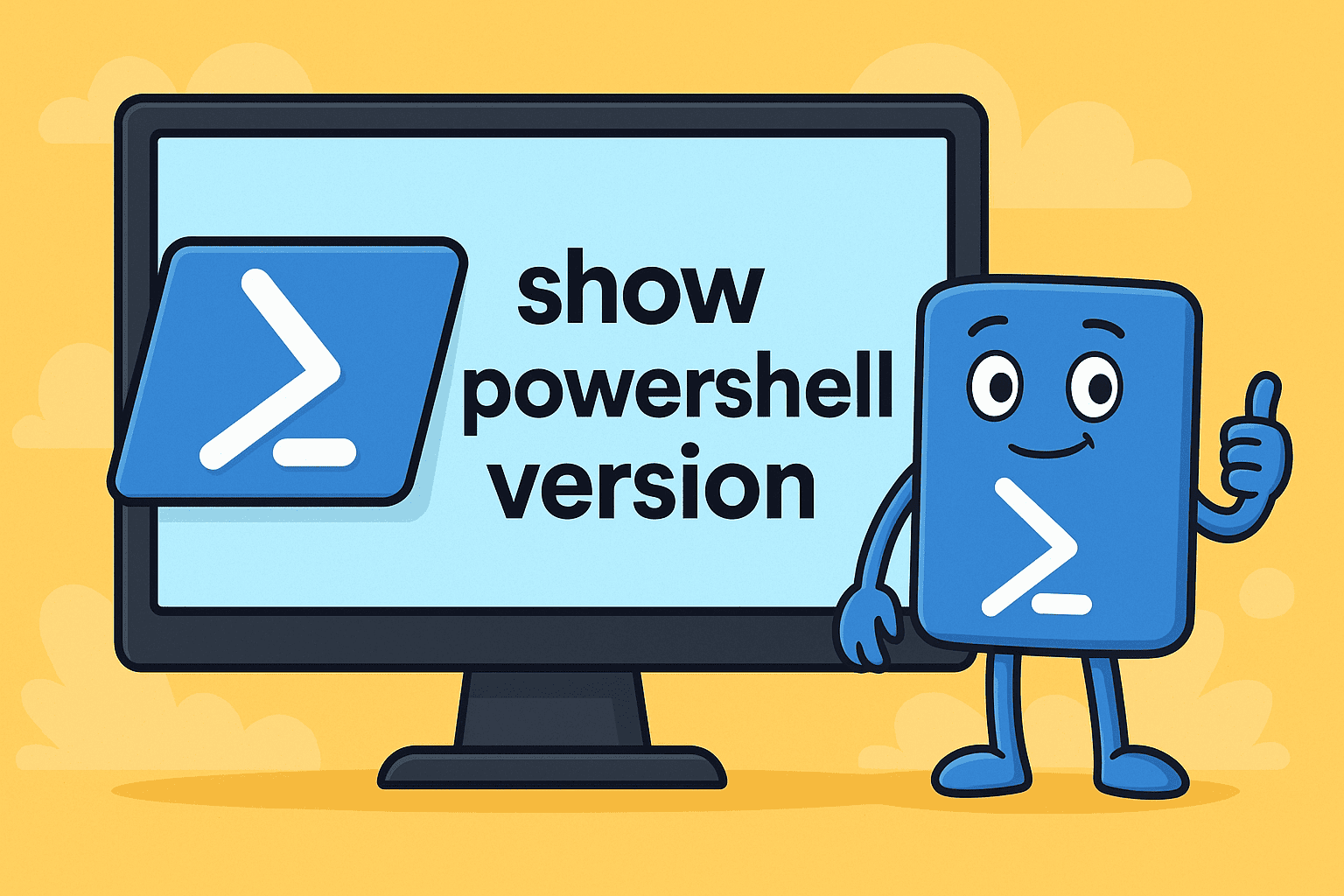
Ever asked yourself, “What version of PowerShell do I have?” You’re not alone. Whether you’re running scripts, managing servers, or deploying enterprise configurations, knowing your exact PowerShell version is crucial.
This guide shows you how to show PowerShell version using various methods—from basic commands to cross-platform checks. Designed for cybersecurity professionals, IT managers, and developers, this walkthrough ensures your scripts run smoothly and securely across all systems.
What Is PowerShell, and Why Does Version Matter?
PowerShell is a command-line shell and scripting language built for task automation and configuration management. With every new version, Microsoft introduces powerful features, security updates, and cross-platform support.
Knowing your PowerShell version helps you:
- Ensure script compatibility
- Access new cmdlets and features
- Stay up to date with security patches
- Troubleshoot environment-specific issues
⚠️ Some modules require a minimum version of PowerShell to function properly—especially in enterprise automation.
How to Show PowerShell Version (4 Reliable Methods)
Method 1: Using $PSVersionTable
This is the most direct and widely-used method.
Steps:
- Open PowerShell.
Type the following command:
powershell
CopyEdit
$PSVersionTable
This displays a detailed table with:
- PSVersion (your actual PowerShell version)
- PSEdition (Desktop or Core)
- CLRVersion
- OS
✅ This method is compatible with both Windows PowerShell and PowerShell Core.
Method 2: Get Only the Version Number
If you need just the version number:
powershell
CopyEdit
$PSVersionTable.PSVersion
This returns a clean version string like 5.1.19041.2364.
🔍 Ideal for scripts or documentation where you only need the version field.
Method 3: Using Get-Host Command
Another way to check PowerShell version is via host information:
powershell
CopyEdit
Get-Host | Select-Object Version
This returns the version of the host application, which often aligns with your PowerShell version.
📌 Use this in environments where $PSVersionTable is restricted or overridden.
Method 4: PowerShell Version Check via Script
To automate version checks across devices:
powershell
CopyEdit
if ($PSVersionTable.PSVersion.Major -lt 5) {
Write-Output “Please upgrade PowerShell to version 5 or later.”
} else {
Write-Output “PowerShell version is up to date.”
}
🤖 Great for IT admins managing large enterprise networks.
Windows PowerShell vs. PowerShell Core
| Feature | Windows PowerShell | PowerShell Core |
| Default Version | 5.1 | 6.0+ |
| OS Support | Windows only | Windows, macOS, Linux |
| Open Source | No | Yes |
| Future Development | Deprecated | Actively updated |
| Best For | Legacy systems | Modern, cross-platform environments |
💡 If you’re running cross-platform scripts or working in hybrid cloud environments, PowerShell Core is the way forward.
Checking PowerShell Version on Different Platforms
On macOS/Linux
Open your terminal and type:
bash
CopyEdit
pwsh
Then, in PowerShell:
powershell
CopyEdit
$PSVersionTable
PowerShell Core (v6+) is required on non-Windows platforms.
On Windows via Command Prompt
In Command Prompt, type:
cmd
CopyEdit
powershell -command “$PSVersionTable.PSVersion”
Useful for remote checks or when scripting across environments.
When Should You Upgrade PowerShell?
Upgrading to the latest version is essential when:
- You’re running scripts that fail due to missing cmdlets
- You require better security and encryption standards
- You’re working with cloud-based services like Azure or Microsoft 365
🛠️ PowerShell 7+ supports improved error handling, pipeline parallelism, and native compatibility with SSH.
FAQs About PowerShell Version Checks
Q1: What version of PowerShell do I have by default in Windows 10/11?
Windows 10 and 11 usually ship with PowerShell 5.1. Newer systems may have PowerShell 7 if installed manually.
Q2: Is PowerShell Core the same as Windows PowerShell?
No. PowerShell Core is cross-platform and open-source. Windows PowerShell is legacy and Windows-only.
Q3: Can I have multiple PowerShell versions installed?
Yes. PowerShell Core installs side-by-side with Windows PowerShell without conflict.
Q4: What is the difference between $PSVersionTable and Get-Host?
$PSVersionTable provides complete environment info. Get-Host shows the host shell’s version, which might differ in embedded systems.
Q5: How do I upgrade PowerShell safely?
Visit the official GitHub PowerShell releases page or use the Windows Package Manager (winget) to install the latest version.
Final Thoughts: Stay Ahead with the Right PowerShell Version
Understanding how to show PowerShell version isn’t just about tech specs—it’s about security, reliability, and compatibility. As automation and scripting continue to dominate IT workflows, using the correct version helps prevent errors and enhances productivity.
Want to simplify system diagnostics, software updates, and device management at scale?
👉 Start using Itarian for FREE to monitor systems, automate patching, and manage scripts across your entire organization.

